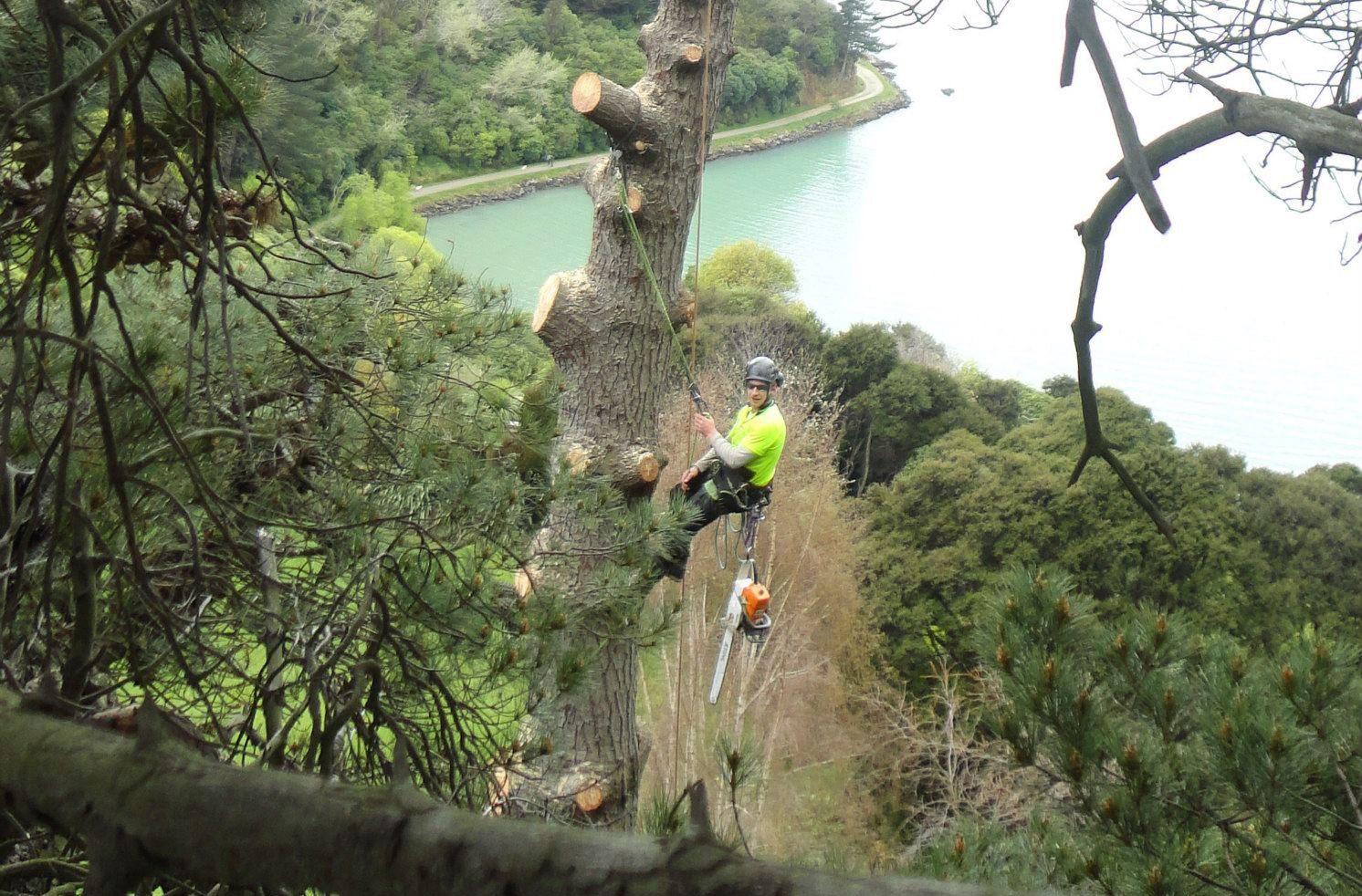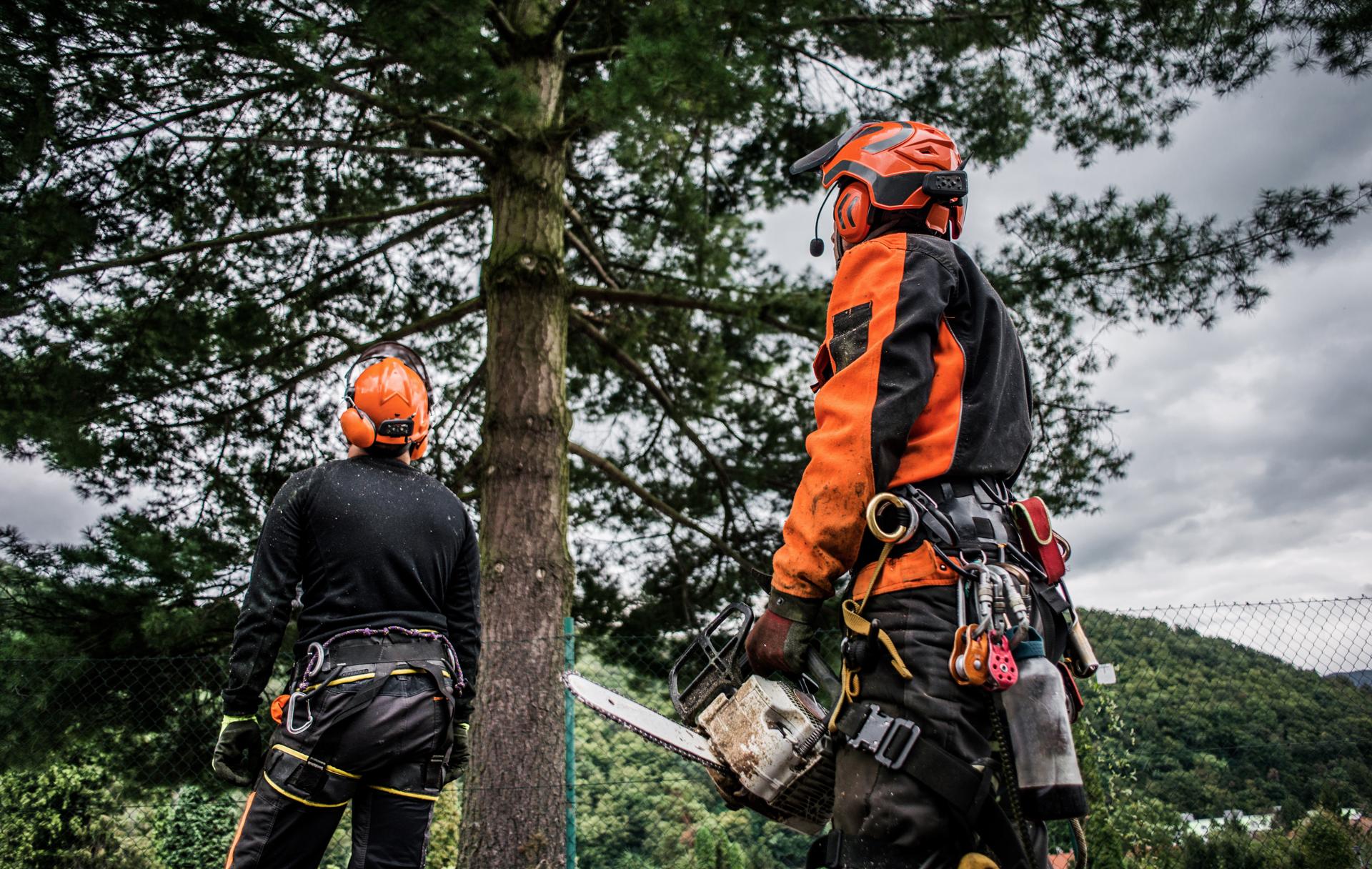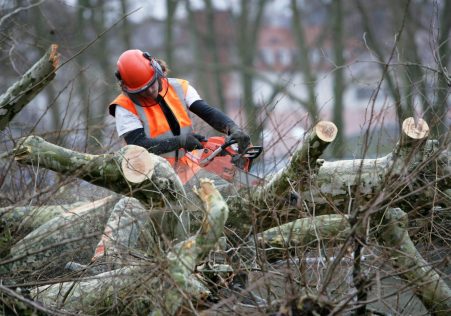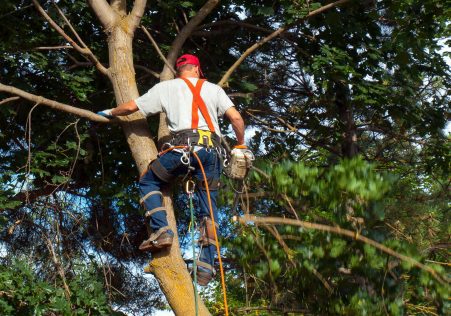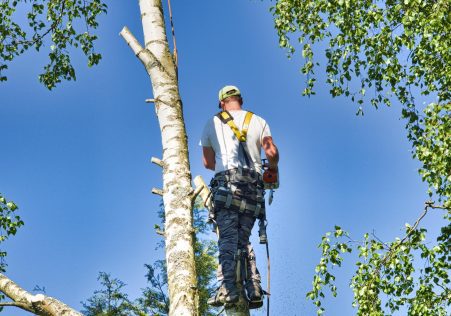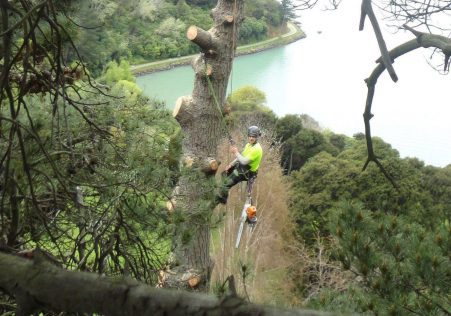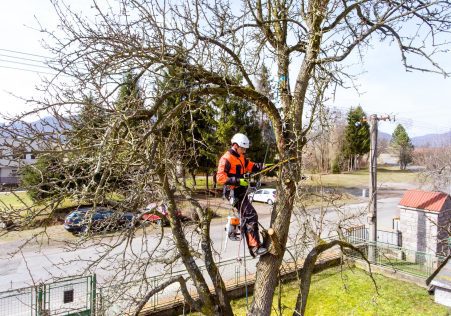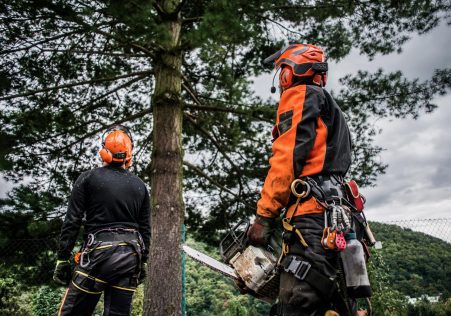Expert Assistance in the identification of protected Trees in Eastern Suburbs
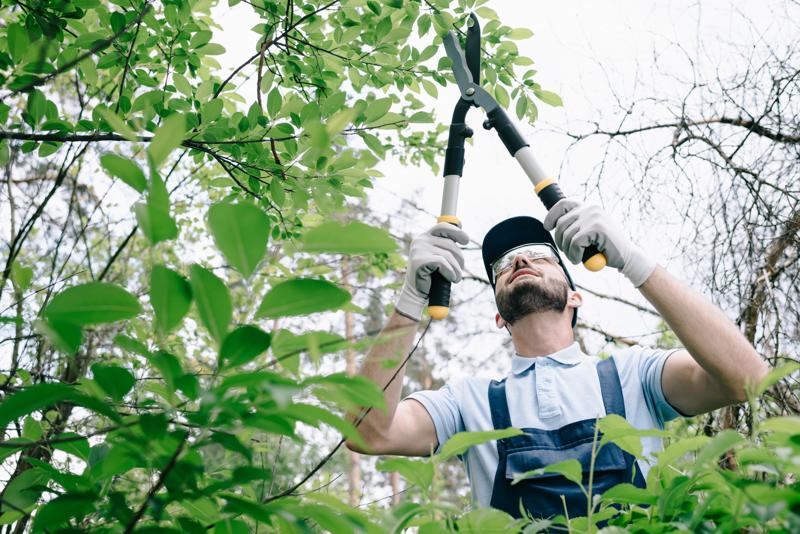
Trees play an important part in the environment, providing shade, clean air, and aesthetic value to our surroundings. However there are a few trees that aren’t identical and some are granted an additional status of protection, making it illegal to carry out any work without permission. If you’re thinking of having a tree removed it is essential to know the status of protection for the tree you’re considering and the steps you have to follow to be in compliance with the laws. This article we’ll help you understand the process of determining whether the tree is secured and the steps you have to do to ensure you comply with the law.
What exactly is a tree that is protected?
A protected tree can be subject to specific legal controls, and it’s illegal to do work on such a tree without obtaining the necessary permissions. There are two types of protection that a tree might have: preservation and protection orders that are statutory.
Legal protection
Under the law, trees are protected by the law, and they are under the control of Tree Preservation Orders (TPOs). TPOs are enacted by local authorities to protect trees of significant public value and to ensure that they do not get damaged or destroyed.
Preservation orders
Preservation orders are like TPOs in that they are put in place from the Secretary of State responsible for Environment. Trees with preservation orders are considered to have an exceptional value and are protected from all work, which includes the felling.
How can I tell if a tree is protected?
To determine if trees are protected, you must to check if it is under the protection of a TPO or preservation order. This can be accomplished by contacting the local authority and asking them to search their archives.
TPO search
If you want to find a TPO, you can contact an Tree or Woodland Official at your local authority. They will inform you if the tree is protected. They’ll also be able to advise you on the next steps you should take if the tree is in a protected area.
Preservation order search
If you are looking for a preservation permit, you will need to contact the Secretary of State for the Environment. They will be able to determine whether the tree is protected and provide you with the necessary information and guidance.
FAQs:
What happens if I conduct work on a protected tree without permission?
If you carry out work on a tree that is protected without the appropriate authorizations, you could be subject to substantial fines and even imprisonment.
Can I appeal an TPO or preservation order?
Yes, you can appeal a TPO or preservation or TPO if that it is not justified. But, you’ll need to prove your case and show your argument as to why it is not necessary to appeal the TPO or the preservation decision is not necessary.
Can I remove a protected tree?
It is against the law to remove a protected tree without obtaining permission from the appropriate authorities. If you want the tree to be removed it is necessary to request permission and submit evidence to support your case.
Conclusion
To conclude, knowing if the tree is protected is a crucial step in ensuring that any tree work is carried out legally. If you know the various types of protection and the best way to check for them it is possible to be sure that you’re following the law and safeguarding the trees that you are responsible for. If you’re not sure about the protection status of a tree, we recommend seeking advice from an experienced tree expert, such as Sydney Eastern Suburbs Tree Removal. Our experienced arborists can advise you on the protection status of your trees and walk you through the necessary steps to make sure you’re following the laws. With our expertise and commitment to providing high-quality tree services We can assist you to preserve the beauty and worth of your trees. Call us now by phone at 1300 526 708 to schedule a consultation and let us guide you on how to ensure that your trees are protected and healthy.

